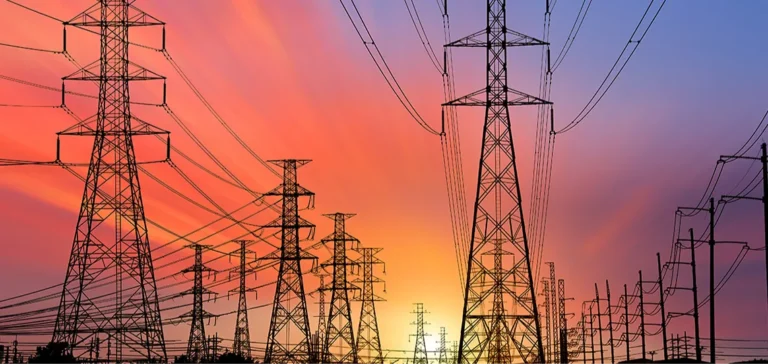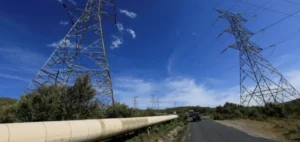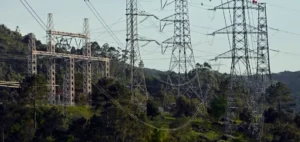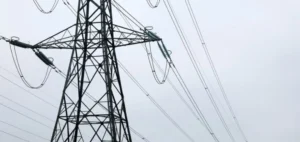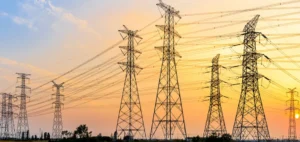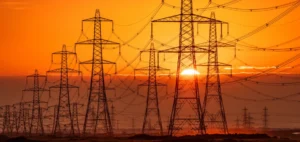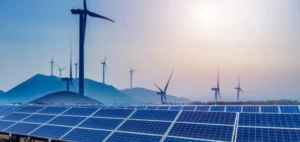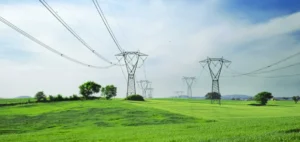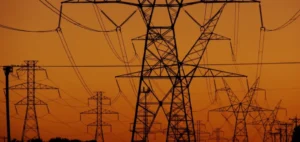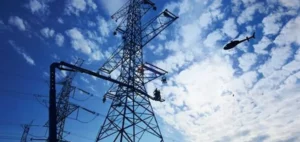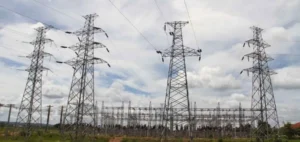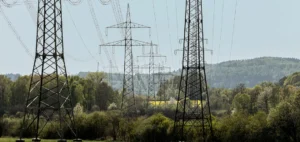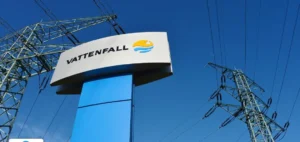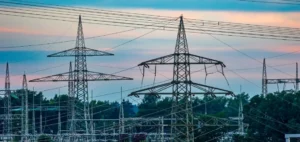The National Energy System Operator (NESO) and British transmission system operators have signed a new working agreement with the European Network of Transmission System Operators for Electricity (ENTSO-E). This cooperation aims to strengthen the electricity interconnection between Great Britain and the European Union, establishing a common framework for the regulation, planning, and security of networks.
A regulatory framework adapted to the post-Brexit context
The agreement comes in a context where energy coordination between the United Kingdom and continental Europe remains essential, despite the UK’s departure from the European Union. NESO will represent all British transmission system operators at technical meetings with ENTSO-E. The collaboration focuses on securing electrical infrastructure, improving the planning of offshore networks, and enhancing the efficiency of existing and future interconnections.
The arrangement aligns with other mechanisms already in place, such as agreements between British gas operators and the European Network of Transmission System Operators for Gas (ENTSOG), or between the Office of Gas and Electricity Markets (Ofgem) and the Agency for the Cooperation of Energy Regulators (ACER). This approach aims to ensure the continuity and reliability of energy exchanges between European and British markets.
Optimisation of electricity flows and joint planning
The partnership provides for strengthened cooperation in infrastructure planning, with a particular focus on the development of offshore energy and the integration of networks. ENTSO-E, which brings together forty system operators from thirty-six countries, manages the Continental Europe Synchronous Area (CESA), one of the world’s largest synchronous electrical zones, covering more than four hundred million users in thirty-two countries.
NESO is thus positioned at the centre of technical dialogue with European partners, ensuring the consideration of British interests in the management of interconnections and the preparation for changes in the energy mix. Strengthened cooperation will allow for the anticipation of regulatory and integration needs required for the evolution of the European electricity system.
Operational continuity and joint governance
Since Brexit, British system operators have no longer been active members of ENTSO-E, with the exception of the System Operator for Northern Ireland (SONI). However, the Trade and Cooperation Agreement between the United Kingdom and the European Union recognised the need for continued collaboration on energy issues. The signing of this new agreement responds to this need, providing an operational framework for information sharing and joint network regulation.
The system put in place illustrates the ability of the parties to adapt the governance of the electricity sector, taking into account the challenges posed by the growth of renewable energies, security of supply, and the increasing complexity of cross-border flows. The next steps will focus on strengthening technical synergies and securing strategic interconnections between the two energy areas.


